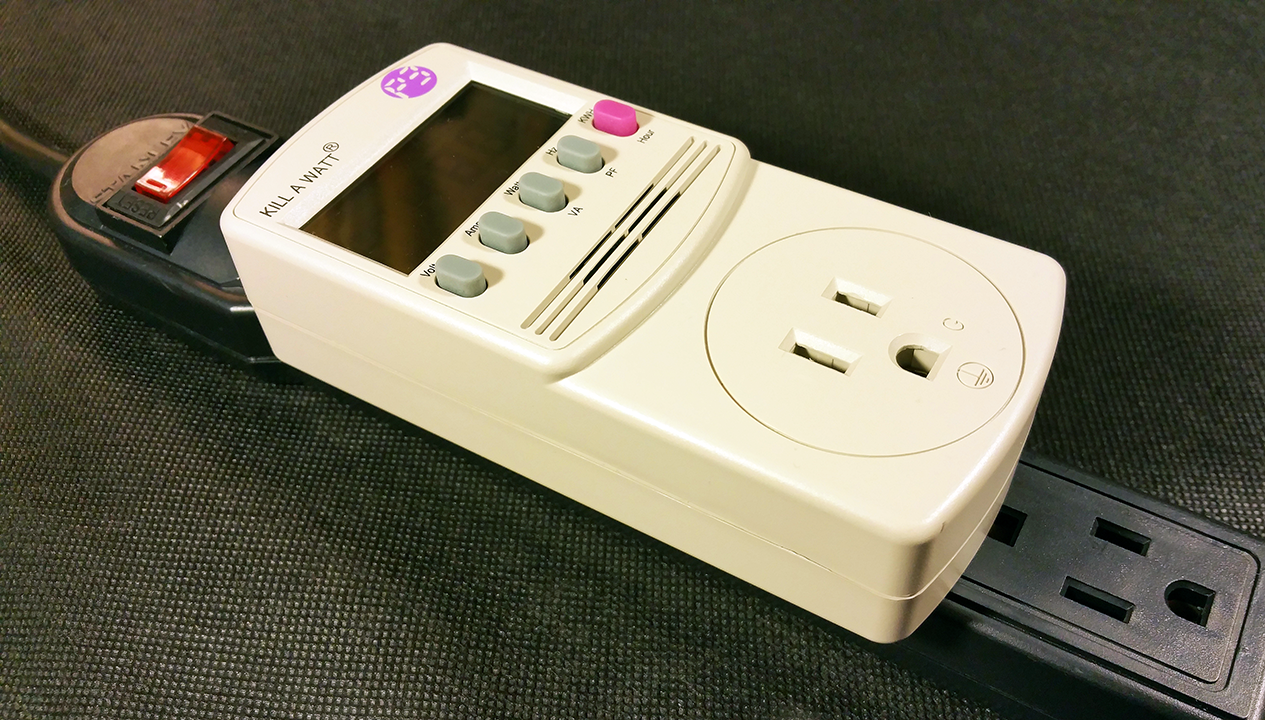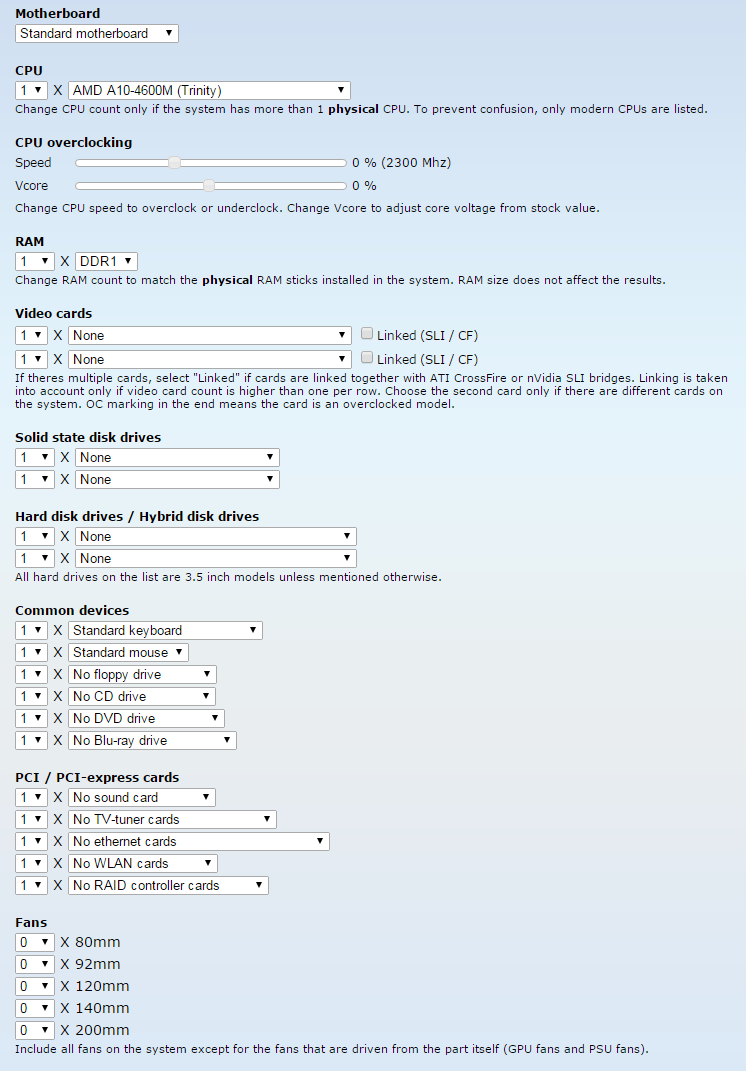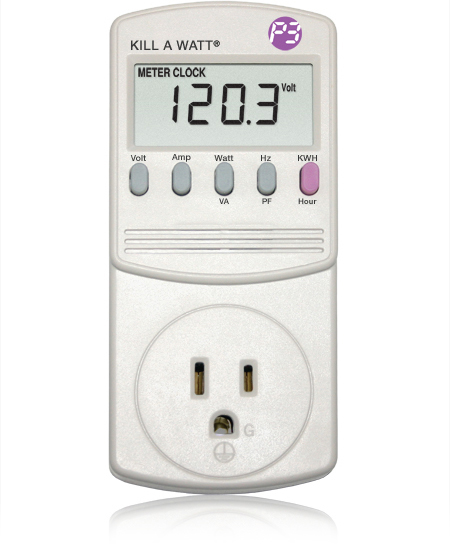How to measure your PC's total power consumption
Estimate how much juice your PC is using with a quick calculator, or measure it with a cheap power.

“What’s the best way to measure how much power my entire computer is using, not just the video card or the CPU?" – Eugene L.
Hey Eugene! While plenty of popular, free utilities display the power usage of common components, a whole-system picture is harder to obtain, especially one that updates in real time. Adding up individual wattage values gives you a theoretical maximum, but that aggregate figure is mostly fantasy since you’ll never reach those numbers under real-world conditions, even with benchmarks and stress testing. Many power consumption figures are optimistic anyway, making such calculations an educated guess.

While this site is mostly for builders, there’s plenty for curious rig owners too. Just dial in the details and you get a reasonable ballpark estimate of system wattage.
Microsoft provides a handy tool called Joulemeter that measures power draw, but using it with desktop systems is tricky. While laptops running off of batteries get quick and easy results, an expensive monitoring device is required for computers plugged into wall outlets.
You can manually calibrate Joulemeter if you know the power consumption of your main PC parts, but at this point you're putting in a lot of effort you don't need to. There are quicker software and cheaper hardware options available.
For reliable back-of-napkin wattage numbers based on published specifications, the handy Power Supply Calculator site is a good first stop. You won’t be able to monitor your rig in real-time, but easy drop-down menus provide a great way to estimate your power budget for free in just a few minutes.
Results include power usage at idle and load with breakdowns of the system total and minimum PSU wattage recommendations for stable operation. The site’s database includes plenty of reference material so you don’t need to track down spec pages for your parts; most popular components are already listed. This is especially handy if you’re curious about ballpark figures or are planning a system build and want to know where to start when looking at the best power supplies for PC.

Serious geek cred for having one of these in your toolbox. They go on sale regularly.
When it comes monitoring real-time power usage however, the classic Kill A Watt meter remains the go-to hardware device. This $20 wonder requires no software and no instructions, just plug it in between the wall and your system and press one of the labeled buttons for a readout on the built-in LED screen. It supports watts, amps, KW/hours and other functions with real-time results that make observing the shift between idle states and full-load operation a snap.
The biggest gaming news, reviews and hardware deals
Keep up to date with the most important stories and the best deals, as picked by the PC Gamer team.
The Kill A Watt works with anything that plugs into an outlet, and it's hard to stop attaching it to items all over the house. The worst energy offenders get pegged quickly, and it winds up paying for itself in saved electric bills before long. It isn’t a perfect device. It doesn’t record results over time and it’s greedy for space, appropriating most of any power strip it gets mounted on, but for the price the Kill A Watt is the power meter to beat.

